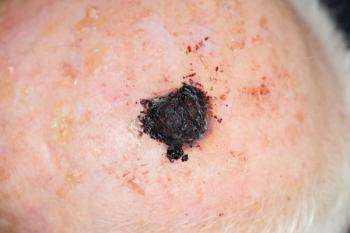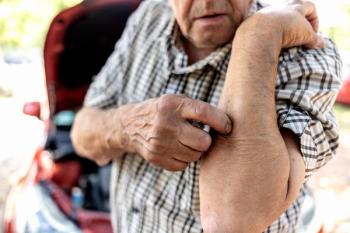
- Dermatology Times, May 2023 (Vol. 44. No. 05)
- Volume 44
- Issue 05
Preparing Patients for the Summer Sun: Location, Location, Location
Key Takeaways
- Sun protection advice varies by location, with specific recommendations for mountains, beaches, rural, and urban areas to optimize effectiveness.
- Creamier sunscreens are suitable for dry climates, while gels are better for humid environments; polypodium leucotomos extract supplements offer internal protection.
Leading clinicians discuss sun protection best practices based on weather, climate, and travel needs.
As the countdown to summer begins, so does the mountain of questions from patients about safe and effective sun protection products and strategies. Because these conversations may be difficult, Dermatology Times® invited leading clinicians to support you as you support your patients.
Renata Block, MMS, PA-C, is a board-certified physician assistant at Advanced Dermatology & Aesthetic Medicine in Chicago, Illinois.
Christopher Bunick, MD, PhD, is an associate professor and physician-scientist practicing general medical and surgical dermatology at Yale University in New Haven, Connecticut.
Doris Day, MD, is a clinical associate professor of dermatology at the New York University Langone Medical Center in New York, New York.
Corey Hartman, MD, is the founder and medical director of Skin Wellness Dermatology and an assistant clinical professor of dermatology at the University of Alabama School of Medicine in Birmingham, Alabama.
Location, Location, Location
Understanding patients’ travel plans can direct the conversation and yield the most appropriate advice. Our panel indicated specific sun protection recommendations based on locations and environments.
Panel’s Advice Based on Locale
Mountains and higher altitudes
Creamier sunscreens may enhance skin moisture in arid destinations, whereas a gel sunscreen may be more comfortable in humid environments. In addition to sunscreen, Day recommended supplements containing polypodium leucotomos extract for internal protection.1
Beaches and pools
Encourage patients to look for water resistance ratings on their sunscreen and to reapply every 2 hours. Bunick noted that sunscreen incorporated into makeup and daily moisturizers are not necessarily water resistant. Remind patients that some tropical destinations, such as Hawaii, have banned the sale of sunscreens containing oxybenzone and octinoxate because of the damage they cause to coral reefs and the ocean’s ecosystem.2
Rural areas
Education is key, especially because individuals in these areas may have limited access to dermatologic care. A 2019 study of sun protection habits in rural Texas communities showed that these residents were less likely to seek shade or use sunscreen compared with their urban counterparts. Although rural populations tended to use a higher SPF sunscreen, they were more likely to have a higher number of blistering sunburns over the course of their lives, beginning at the age of 5 years.3
Urban areas
Access to shade via tall buildings may be deceiving. Encourage patients living in and visiting large cities to incorporate SPF products into their daily routine and to apply sunscreen on exposed skin on the neck (and behind the ears), back, shoulders, and legs.
References
- Calzari P, Vaienti S, Nazzaro G. Uses of Polypodium leucotomos extract in oncodermatology. J Clin Med. 2023;12(2):673. doi:10.3390/jcm12020673
- Cunningham SA, Yu R, Shete S. Differences in sun protection behaviors between rural and urban communities in Texas. J Rural Health. 2019;35(2):155-166. doi:10.1111/jrh.12350
- Hall D. The truth about corals and sunscreen. September 2022. Accessed April 14, 2023.
https://ocean.si.edu/ecosystems/coral-reefs/truth-about-corals-and-sunscreen#:~:text=It%20is%20estimated%20that%20roughly,could%20be%20harming%20ocean%20life
Articles in this issue
over 2 years ago
Discovering Dermatology Times: May 2023over 2 years ago
Consent and Experienceover 2 years ago
An Overview of Acral Peeling Skin Syndromeover 2 years ago
Managing Keloids and Hypertrophic Scarsover 2 years ago
Expanding Ethnic Hair Careover 2 years ago
Alopecia’s Impact on Mental Healthover 2 years ago
Exposure to Heavy Traffic Affects Risk of Atopic DermatitisNewsletter
Like what you’re reading? Subscribe to Dermatology Times for weekly updates on therapies, innovations, and real-world practice tips.


















